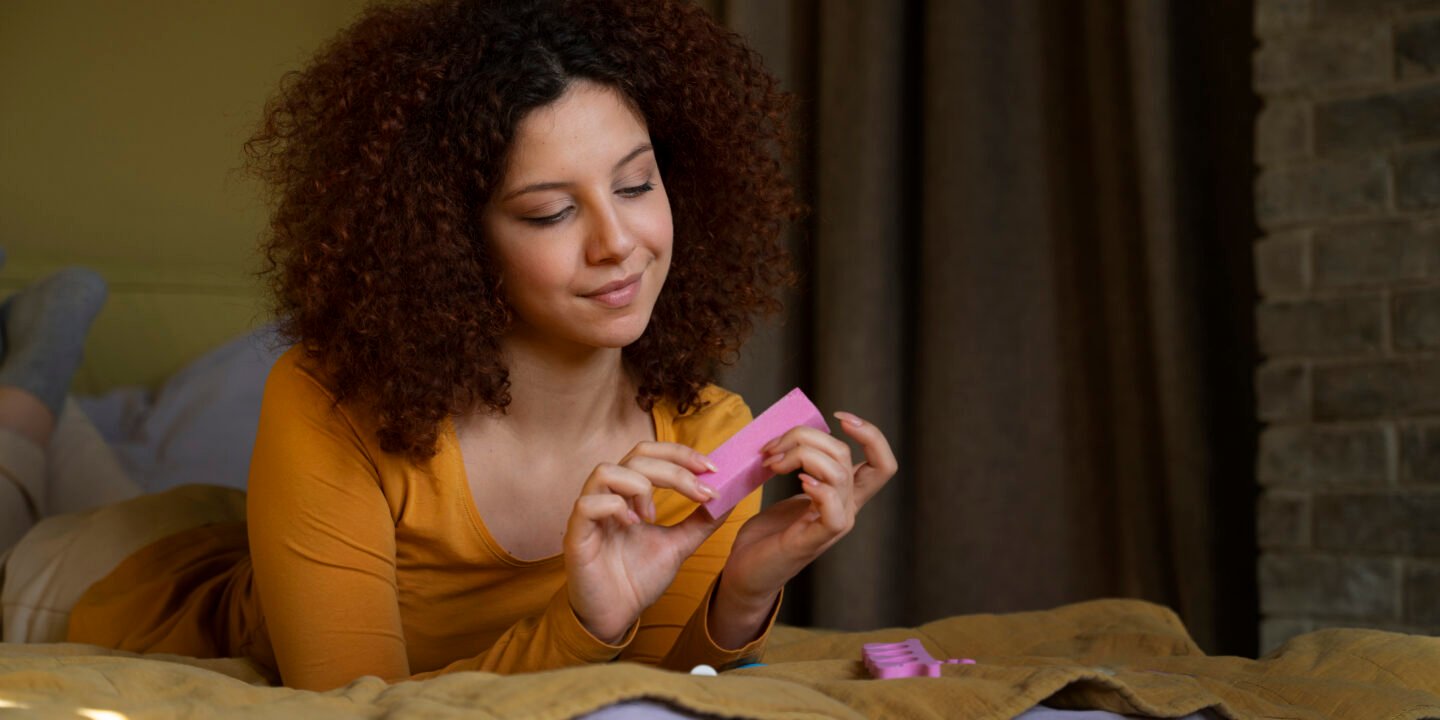
Lighting is a crucial element in home decor that often gets overlooked. It not only illuminates your space but also sets the mood, highlights architectural features, and enhances the overall aesthetic. Whether you’re looking to create a cozy ambiance, showcase your favorite artwork, or simply brighten up a dark room, DIY lighting upgrades can transform your home in both style and function. This comprehensive guide will walk you through various DIY lighting projects to help you brighten and beautify your home.
Introduction: The Impact of Lighting in Home Decor
Lighting plays a vital role in home decor, affecting everything from the functionality of a room to its emotional ambiance. Good lighting design can make a small room feel larger, a dark room feel more inviting, and a modern space feel more sophisticated. On the flip side, poor lighting can detract from your decor and make spaces feel uncomfortable or unwelcoming.
The beauty of DIY lighting upgrades is that they allow you to customize your lighting solutions to suit your personal taste and the unique needs of your home. By tackling some DIY lighting projects, you can enhance your space’s functionality, create the perfect mood, and add a touch of personality that store-bought fixtures may lack.
1. Planning Your DIY Lighting Projects
Before diving into specific projects, it’s essential to plan and consider the following aspects:
1.1 Assess Your Needs
Determine what areas of your home need improvement. Are you looking to brighten up a dimly lit room, create a cozy reading nook, or add accent lighting to highlight artwork? Understanding your needs will guide you in choosing the right DIY lighting projects.
1.2 Choose Your Lighting Types
There are three main types of lighting to consider:
- Ambient Lighting: Provides overall illumination for a room. Examples include ceiling lights and floor lamps.
- Task Lighting: Focuses on specific areas to assist with tasks, such as reading or cooking. Examples include desk lamps and under-cabinet lights.
- Accent Lighting: Highlights specific features or creates mood. Examples include wall sconces and track lighting.
1.3 Select Your Style
Your DIY lighting projects should complement your home’s decor style. Whether you prefer modern, rustic, industrial, or bohemian, ensure that your lighting solutions align with your overall aesthetic.
1.4 Gather Materials and Tools
Depending on the project, you may need various materials and tools, such as light fixtures, bulbs, wiring, tools for cutting and drilling, and decorative elements. Make a list of what you need for each project to ensure you have everything on hand.
2. DIY Lighting Projects to Transform Your Home
Here are some exciting DIY lighting projects that can elevate the look and feel of your home:
2.1 DIY Pendant Lights
Materials:
- Pendant light kit
- Lampshade or basket
- Spray paint (optional)
- Ceiling hook
Instructions:
- Choose Your Shade: Select a lampshade or a decorative basket that fits your style. You can repurpose items like wire baskets or ceramic pots for a unique look.
- Paint (Optional): If you want to customize the color of your shade, spray paint it to match your decor.
- Install the Pendant Kit: Install a ceiling hook where you want your pendant light to hang. Follow the instructions included with the pendant light kit to attach the fixture to the ceiling.
- Assemble: Attach your chosen shade or basket to the pendant light kit. Ensure all connections are secure.
2.2 DIY Wall Sconces
Materials:
- Wall sconce kit
- Decorative brackets or wall-mounted fixtures
- Light bulbs
- Screws and anchors
Instructions:
- Select Fixtures: Choose decorative brackets or wall-mounted fixtures that complement your home’s style.
- Install Brackets: Mark the locations on the wall where you want to install the sconces. Drill holes and insert anchors if needed. Attach the brackets securely.
- Attach Fixtures: Follow the instructions to mount the sconce kit to the brackets. Install light bulbs and ensure the sconces are properly aligned and functional.
2.3 DIY Under-Cabinet Lighting
Materials:
- LED strip lights or puck lights
- Adhesive backing or mounting hardware
- Power source (batteries or outlet)
Instructions:
- Measure and Cut: Measure the length of the cabinet space where you want to install the lights. Cut the LED strip lights or place the puck lights accordingly.
- Install Lights: For adhesive-backed lights, simply peel off the backing and stick the lights under the cabinets. For other types, use mounting hardware to secure them in place.
- Connect Power: Connect the lights to a power source. If using battery-operated lights, ensure you have fresh batteries. For wired lights, plug them into an outlet or connect them to a switch.
2.4 DIY Table Lamps
Materials:
- Lamp base (can be a repurposed item like a vase or bottle)
- Lamp kit
- Lampshade
- Light bulb
Instructions:
- Create the Base: Choose a base for your lamp. It can be anything from a decorative bottle to a wooden block. Ensure it’s sturdy and stable.
- Assemble the Lamp Kit: Follow the instructions to assemble the lamp kit, which includes the socket and wiring. Attach the socket to the base and connect the wiring.
- Add the Shade: Place the lampshade on top of the lamp base and secure it. Insert the light bulb and test the lamp to ensure it works correctly.
2.5 DIY String Lights
Materials:
- String lights (battery-operated or plug-in)
- Decorative elements (such as paper lanterns, fabric, or photos)
- Tape or clips
Instructions:
- Prepare Decorations: Choose decorations to attach to your string lights. You can use paper lanterns, fabric puffs, or even clip photos for a personalized touch.
- Attach Decorations: Use tape or clips to attach your chosen decorations to the string lights. Arrange them in a pattern or sequence that suits your style.
- Hang Lights: String the lights around your desired area, such as a wall, curtain rod, or along a bookshelf. Ensure the lights are evenly spaced and secure.
2.6 DIY Floor Lamps
Materials:
- Lamp base (wooden or metal pole)
- Lamp kit
- Lampshade
- Light bulb
Instructions:
- Build the Base: Create or purchase a sturdy base for your floor lamp. You can use a wooden pole or metal rod and attach it to a heavy base for stability.
- Assemble the Lamp Kit: Follow the instructions to attach the lamp kit to the base. Ensure all electrical components are properly connected.
- Add the Shade: Place the lampshade on top of the lamp base and secure it. Insert the light bulb and test the lamp to ensure it’s functional.
2.7 DIY Chandelier
Materials:
- Chandelier kit or repurposed items (e.g., old chandelier frame or hanging crystals)
- Light bulbs
- Ceiling hook or mounting hardware
- Paint (optional)
Instructions:
- Prepare the Frame: If using a repurposed chandelier frame, clean and paint it if desired. Otherwise, assemble the chandelier kit according to the instructions.
- Install the Ceiling Hook: Mark the location where you want to hang the chandelier. Install the ceiling hook or mounting hardware securely.
- Assemble the Chandelier: Attach the chandelier frame to the hook or hardware. Install the light bulbs and ensure everything is properly connected and secure.
3. Tips for DIY Lighting Success
To ensure your DIY lighting projects turn out beautifully, keep these tips in mind:
3.1 Follow Safety Guidelines
When working with electrical components, always follow safety guidelines. Turn off the power at the circuit breaker before installing or modifying any lighting fixtures. If you’re unsure about any electrical work, consult a professional.
3.2 Test Before Finalizing
Before securing any fixtures or installing bulbs, test your lighting setup to ensure it works as intended. This will help you identify and address any issues before making permanent installations.
3.3 Consider Dimmer Switches
Adding dimmer switches to your lighting setup allows you to adjust the brightness and create different moods in your space. This can enhance the versatility of your DIY lighting projects.
3.4 Use Energy-Efficient Bulbs
Opt for energy-efficient LED bulbs to reduce energy consumption and extend the lifespan of your lighting fixtures. LED bulbs also produce less heat, making them a safer choice for DIY lighting projects.
3.5 Pay Attention to Placement
Consider the placement of your lighting fixtures to achieve the desired effect. Position lights to highlight architectural features, artwork, or focal points in the room. Avoid placing lights in areas where they may create glare or shadows.
4. Conclusion: Illuminating Your Home with DIY Lighting
Lighting is a powerful tool in home decor, and with a bit of creativity and DIY spirit, you can transform your home’s ambiance and functionality. From pendant lights and wall sconces to string lights and chandeliers, DIY lighting projects allow you to create custom solutions that reflect your personal style and meet your specific needs.
By carefully planning your projects, choosing the right materials, and following safety guidelines, you can enhance your home with beautiful, functional lighting that brightens and beautifies your space. Embrace the magic of DIY lighting and enjoy the process of crafting unique pieces that will illuminate your home for years to come.








